The trailblazing women of Bauhaus
The remarkable female artists at the heart of Bauhaus overcame the societal expectations of their time to become pioneers in their own right
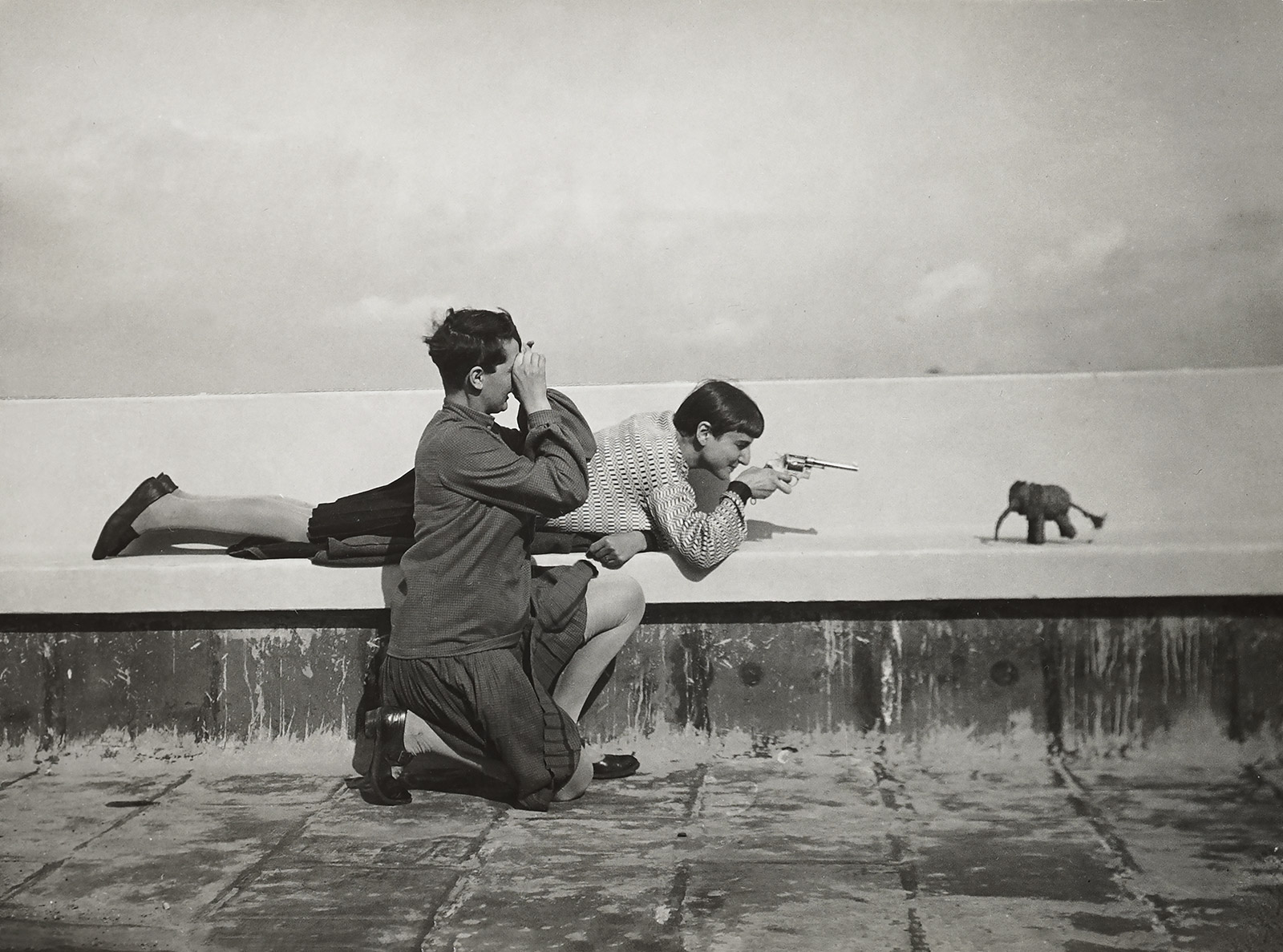
What makes a true Bauhaus girl? Contemporary, cheerful and cool, she has a self-confident, gung-ho attitude, a short bob, and a talent for the fine and applied arts. Or at least, that’s according to a groundbreaking three-page spread, published by Die Woche newspaper in January 1930 in a politically turbulent Germany. The article is illustrated with photographs of these newly emancipated Bauhaus women taken by ‘Lutz Feininger’ – 19-year-old T Lux Feininger, and the youngest son of German-American painter Lyonel Feininger, master printmaker at the Bauhaus school.
The female side of the Bauhaus story and the remarkable rise of the Bauhausmädel (‘Bauhaus girl’) is explored in depth in a new Taschen book, bringing together the lives of many women who shaped and disseminated their ideas, with little or no recognition in their day. (The captions for photographs illustrating the original article on the Bauhaus woman had been published anonymously, perhaps written by a woman, since women were not considered appropriate contributors to magazines at the time.)
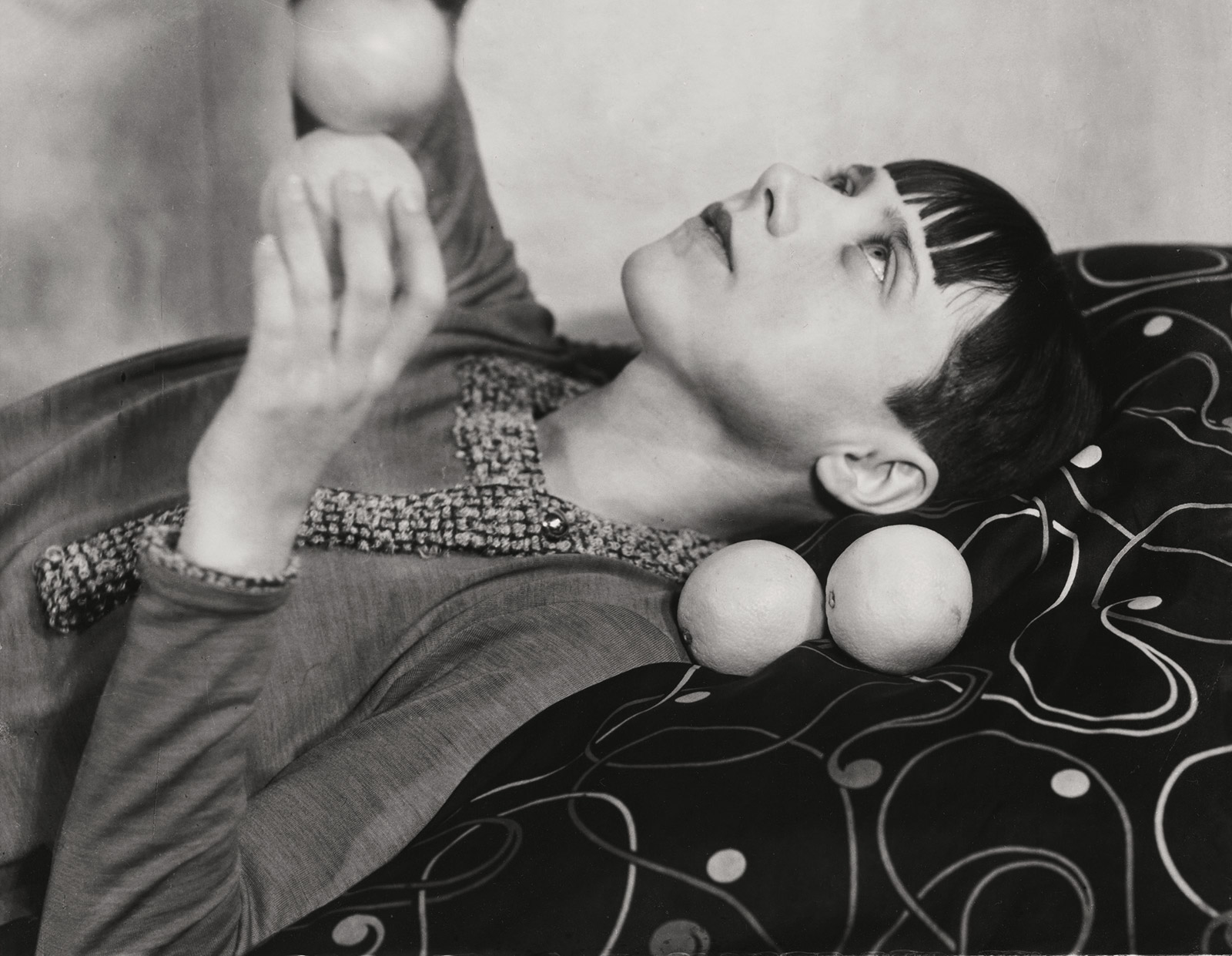
Margaret Leiteritz with oranges, before 1930.
Among them is Ricarda Schwerin, an atheist who, aged 18, went to the Bauhaus to study photography. A few semesters in, she had to stop her studies due to poor health, and when she recovered the school refused to have her back. She wound up in Frankfurt am Main with her future husband and fellow Bauhaus student Heinz Schwerin who, like Schwerin, had been prevented from completing his studies (the school ejected most of its communist students in the spring of 1932). Soon after their vows in Hungary were sealed in 1935, the newlyweds fled to Palestine. Together they opened a wooden toy workshop; Schwerin later founded a nursery for refugee children. Only then did she go back to photography, working for two decades up until her death in 1999, aged 87.
Hers is just one among 87 women who attended the pioneering school of art and design, each of them unique, but facing similar societial expectations and political demands: the Nazi regime pressing down on them, forcing many to emigrate multiple times, and lose husbands to war. Other more famous names include Marianne Brandt, one of the first women to be admitted to the Bauhaus metalworking program, and whose designs continue to be produced by Alessi to this day.
RELATED STORY
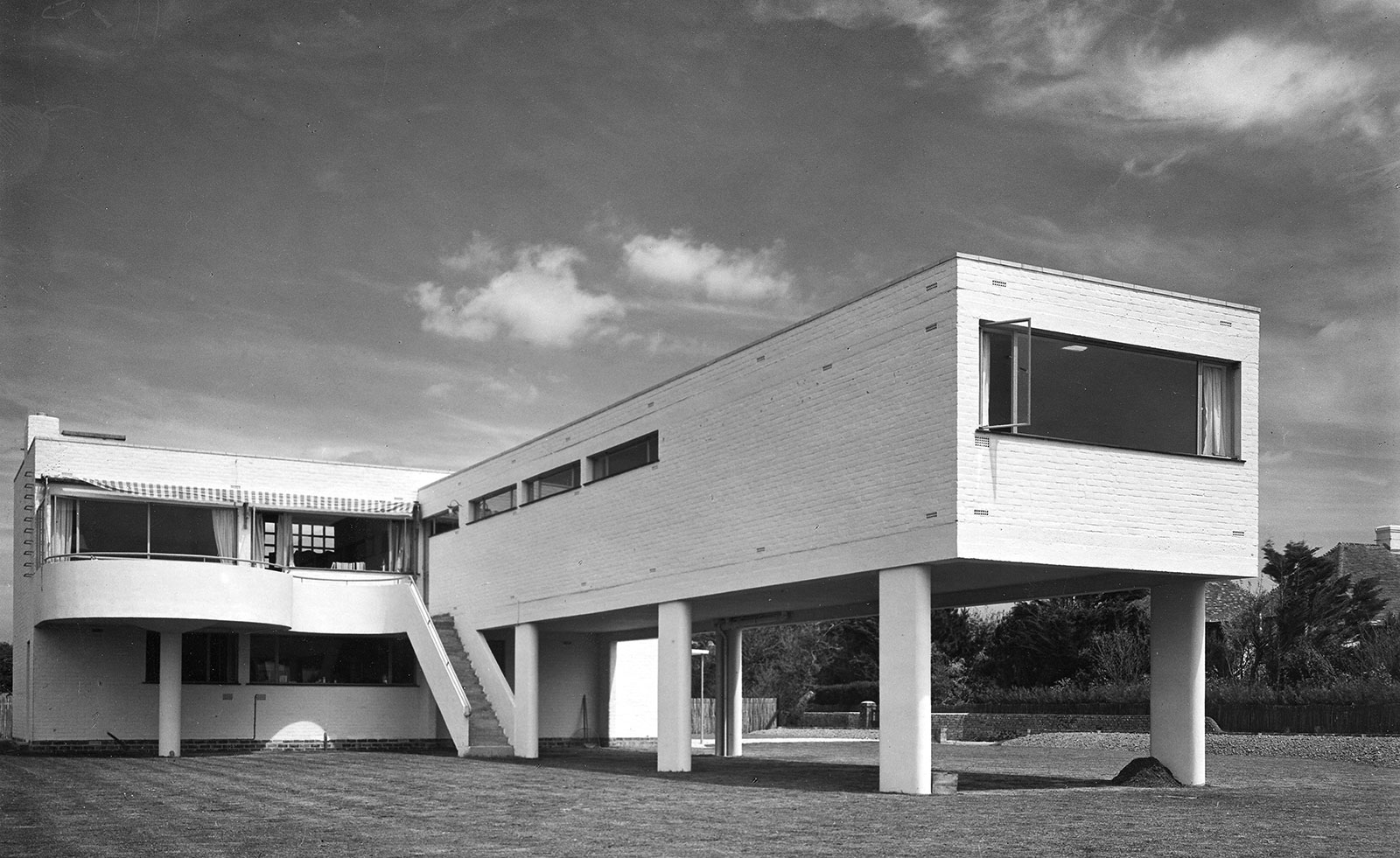
The book does not brush over the ‘entirely problematic gender relations at the Bauhaus’, as author Patrick Rössler writes, ‘in particular with regard to the balance of power between masters and students’. As his introductory essay points out, despite its indisputable influence in the world and its inherently progressive ideals, the Bauhaus was shockingly archaic when it came to women. The tome bursts forth to right that wrong and put the Bauhaus women unequivocally back in their place, with their photographs – some of them sumptuous self-portraits – and biographies organised as a timeline of life events. For all of their achievements, many of their lives did not end well.
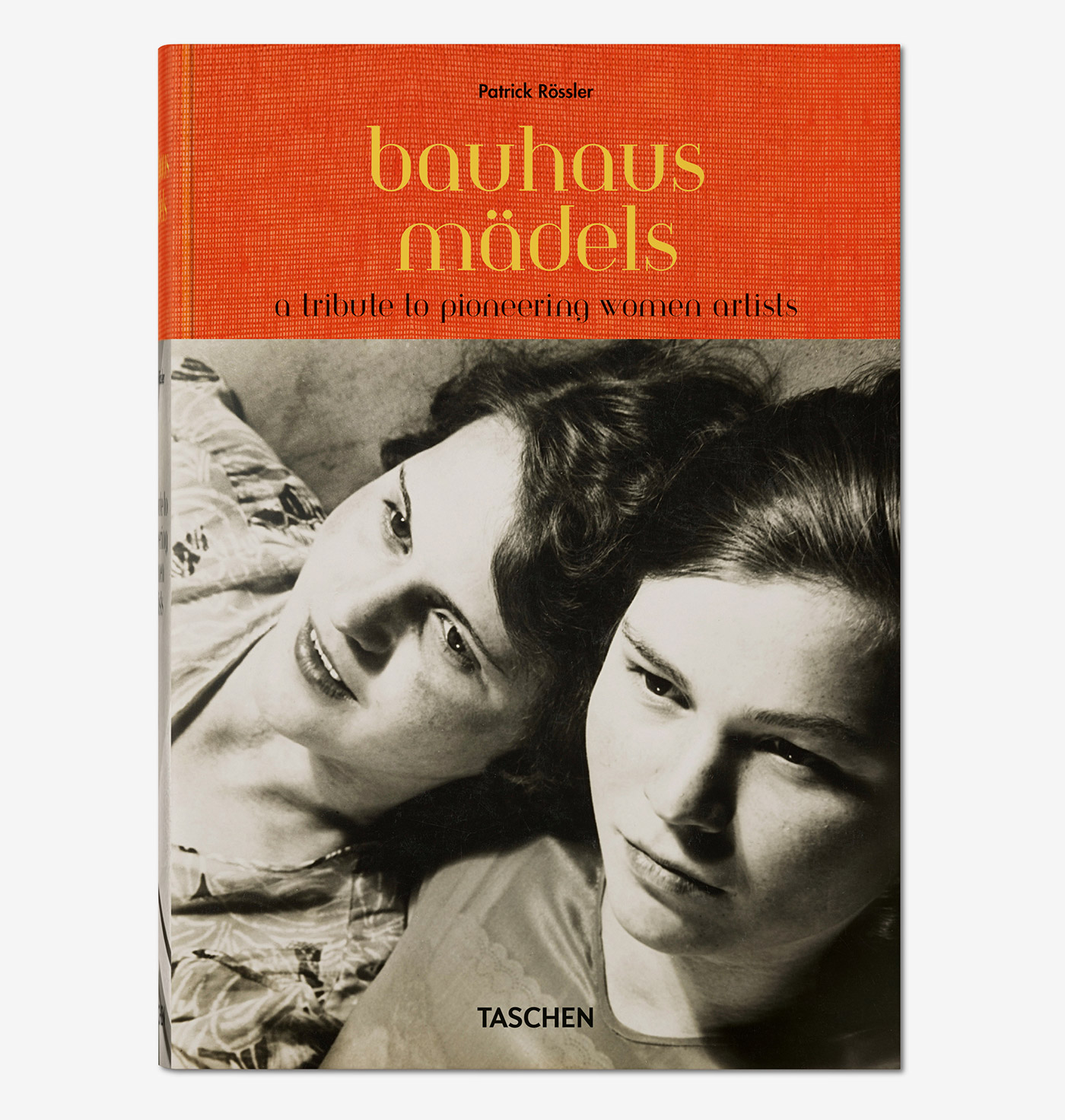
Bauhausmädels: A Tribute to Pioneering Women Artists, published by Taschen
Unfortunately, given the erasure of these women from history, there is no real documentation of their works, only portraits of the women, which after a while seems to put the emphasis on what they looked like, rather than the importance of their contributions to the Bauhaus and its legacy. Among the few works are a series of nude photographs by Lucia Moholy, irreverent, whimsical and free. Moholy’s took iconic photographs of the school’s teachers and of the new Bauhaus buildings, but the negatives were withheld by Walter Gropius and only eventually returned to her in 1959.
The ultimate lesson of the Bauhaus girl might come from that 1930 Die Woche article: ‘The Bauhaus girl knows what she wants and will make it anywhere’ – no matter who, or what, tries to hold her back.
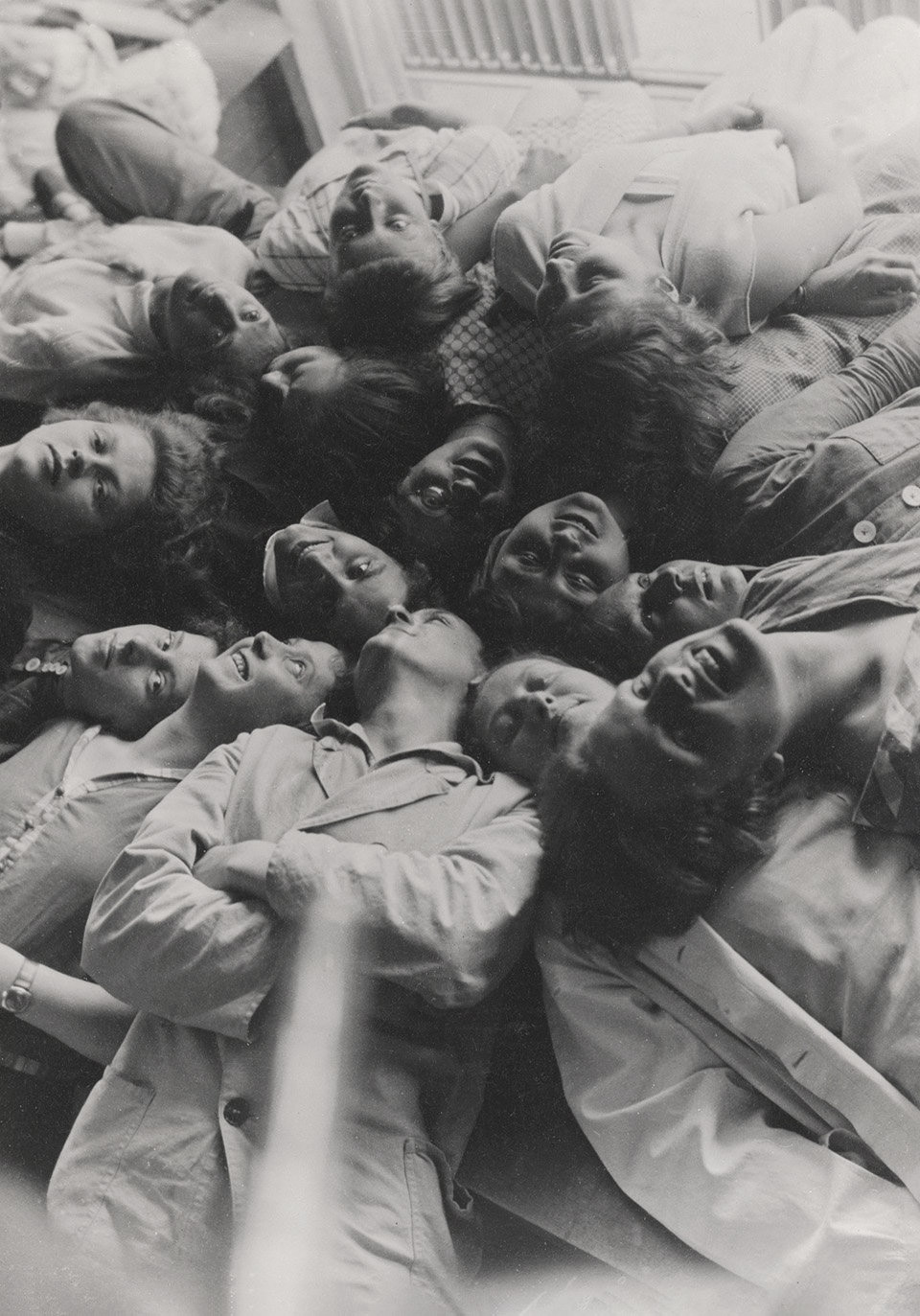
Group photo in the weaving workshop, Dessau Bauhaus, 1928.
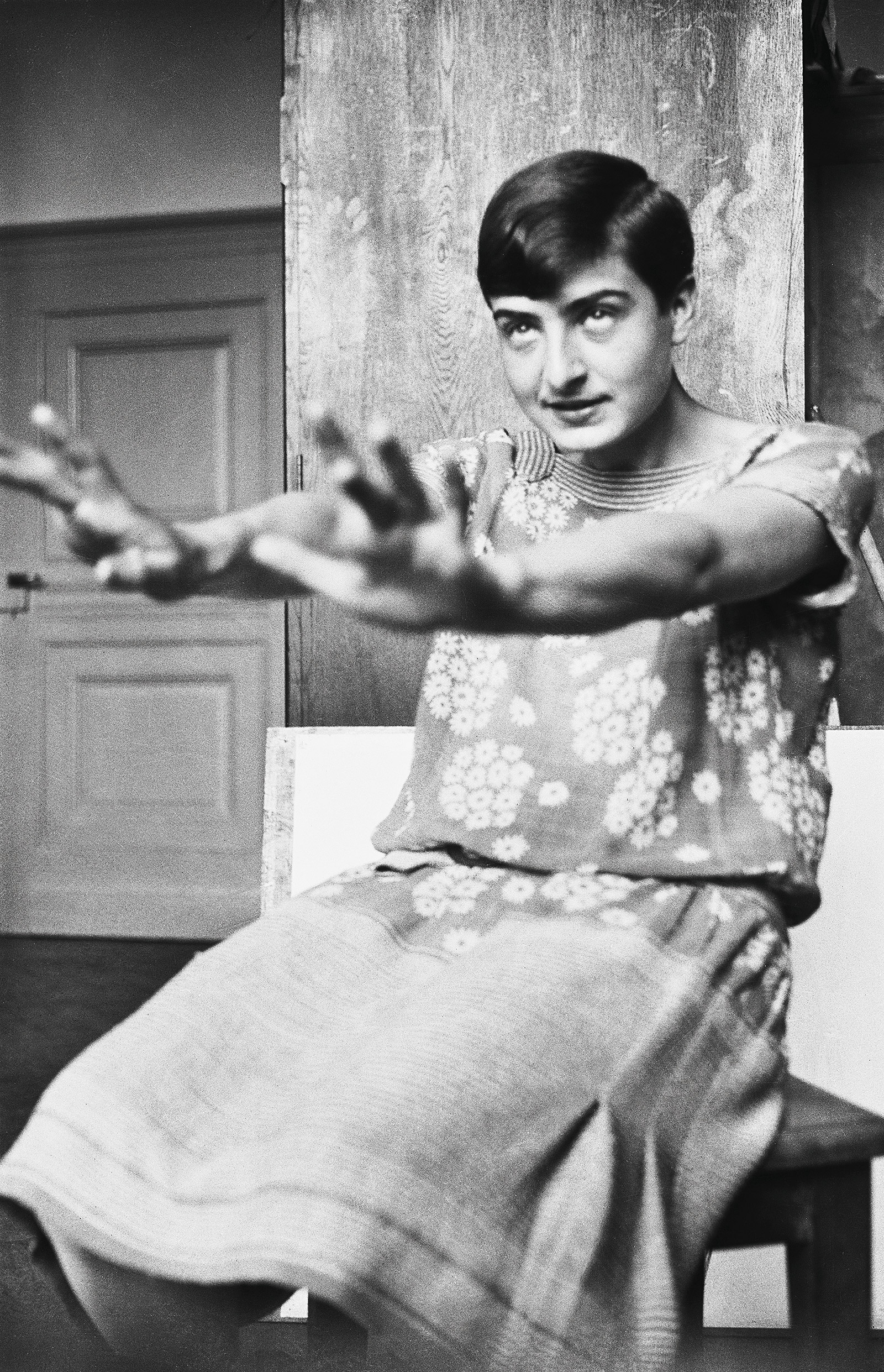
Ellen Rosenberg, the future photographer Ellen Auerbach, 1927-1928.
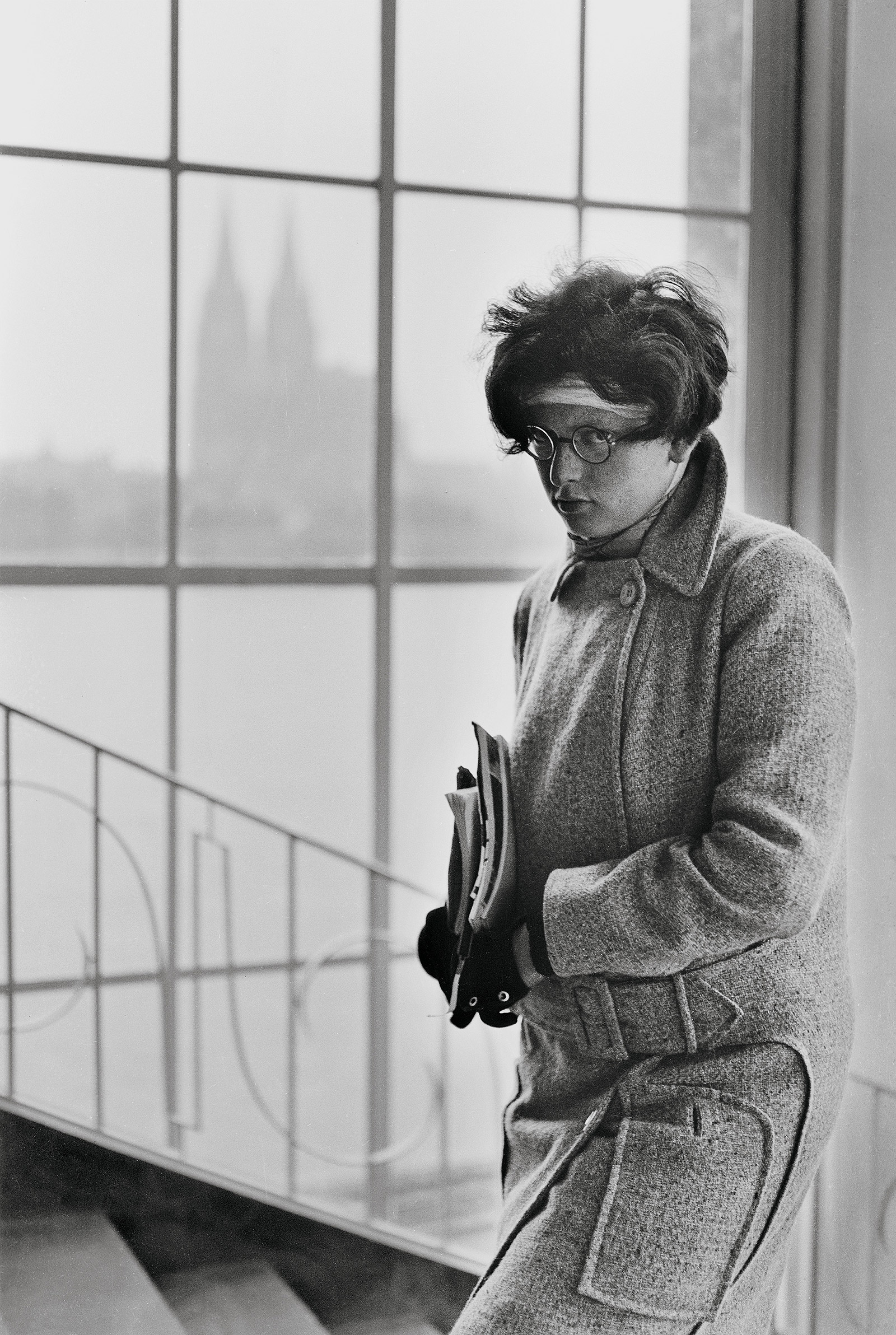
Hilde Hubbuch in the Haus der Rheinischen Heimat, Cologne, 1928.
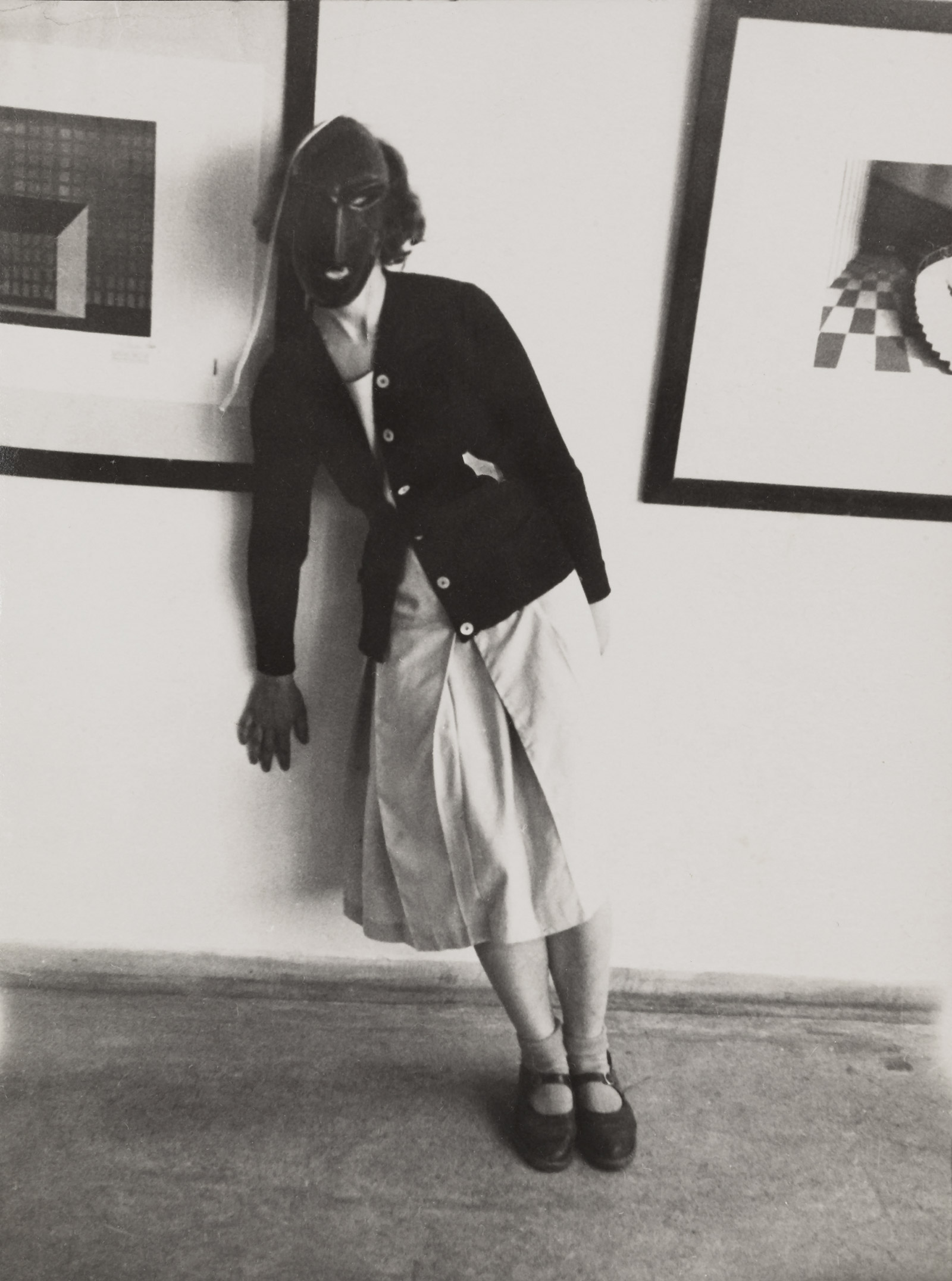
Bauhaus student in a mask from the Triadic Ballet, circa 1927.
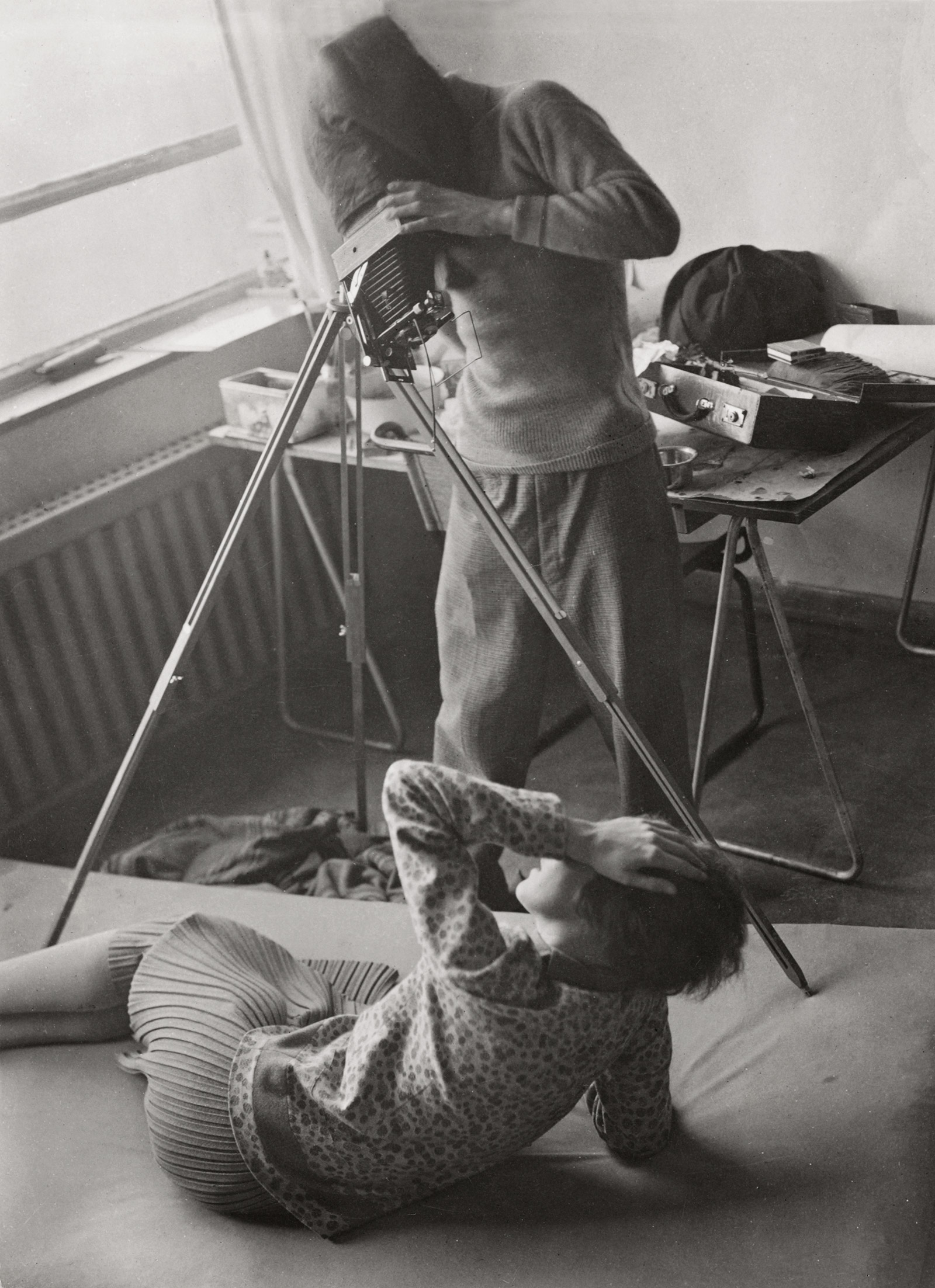
Albert Braun photographing Grit Kallin in the Atelierhaus, Dessau, 1928.
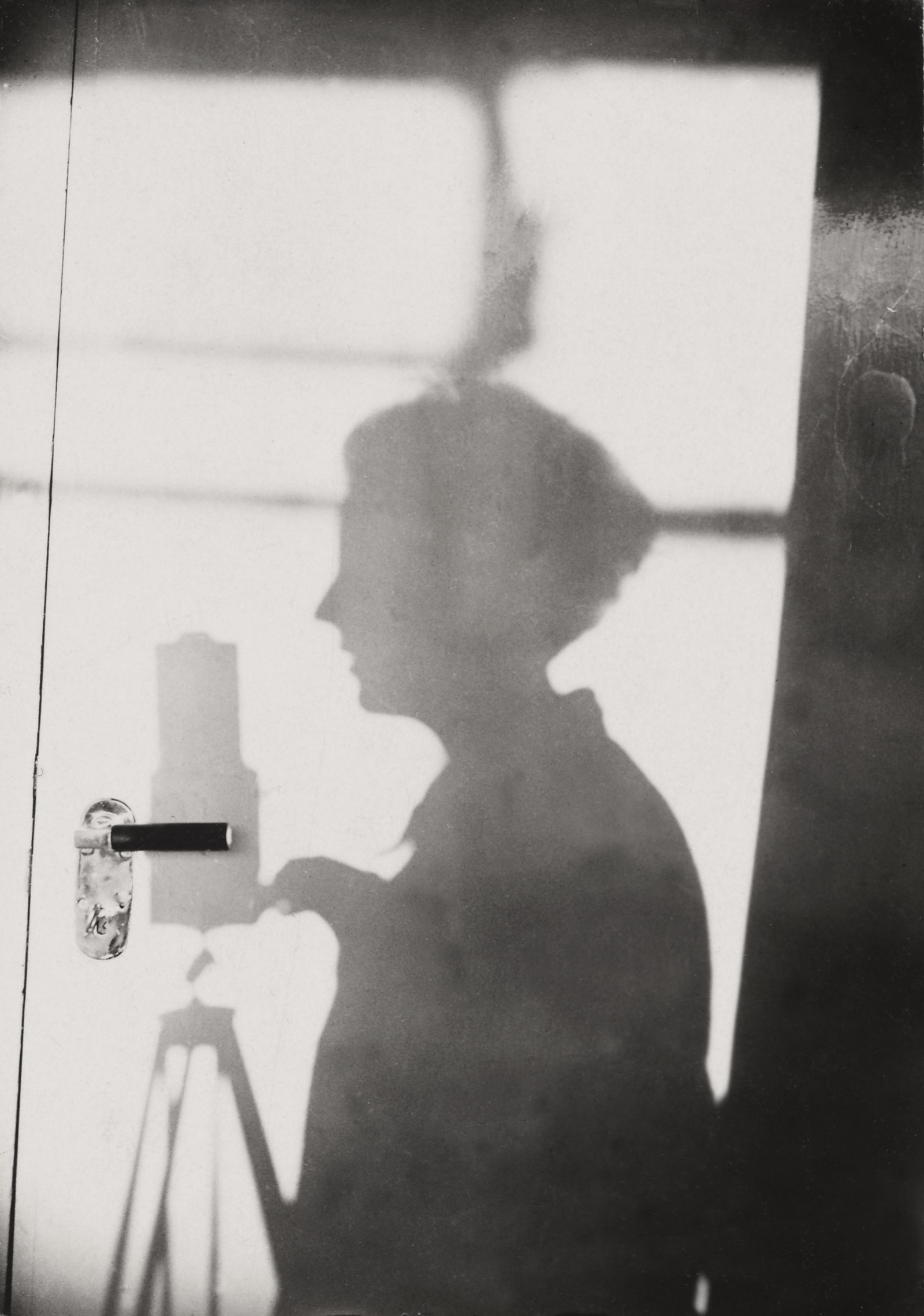
Self-portrait with camera of Lotte Beese (silhouette), 1927.
INFORMATION
Bauhausmädels: A Tribute to Pioneering Women Artists, £30, published by Taschen
Receive our daily digest of inspiration, escapism and design stories from around the world direct to your inbox.
Charlotte Jansen is a journalist and the author of two books on photography, Girl on Girl (2017) and Photography Now (2021). She is commissioning editor at Elephant magazine and has written on contemporary art and culture for The Guardian, the Financial Times, ELLE, the British Journal of Photography, Frieze and Artsy. Jansen is also presenter of Dior Talks podcast series, The Female Gaze.
-
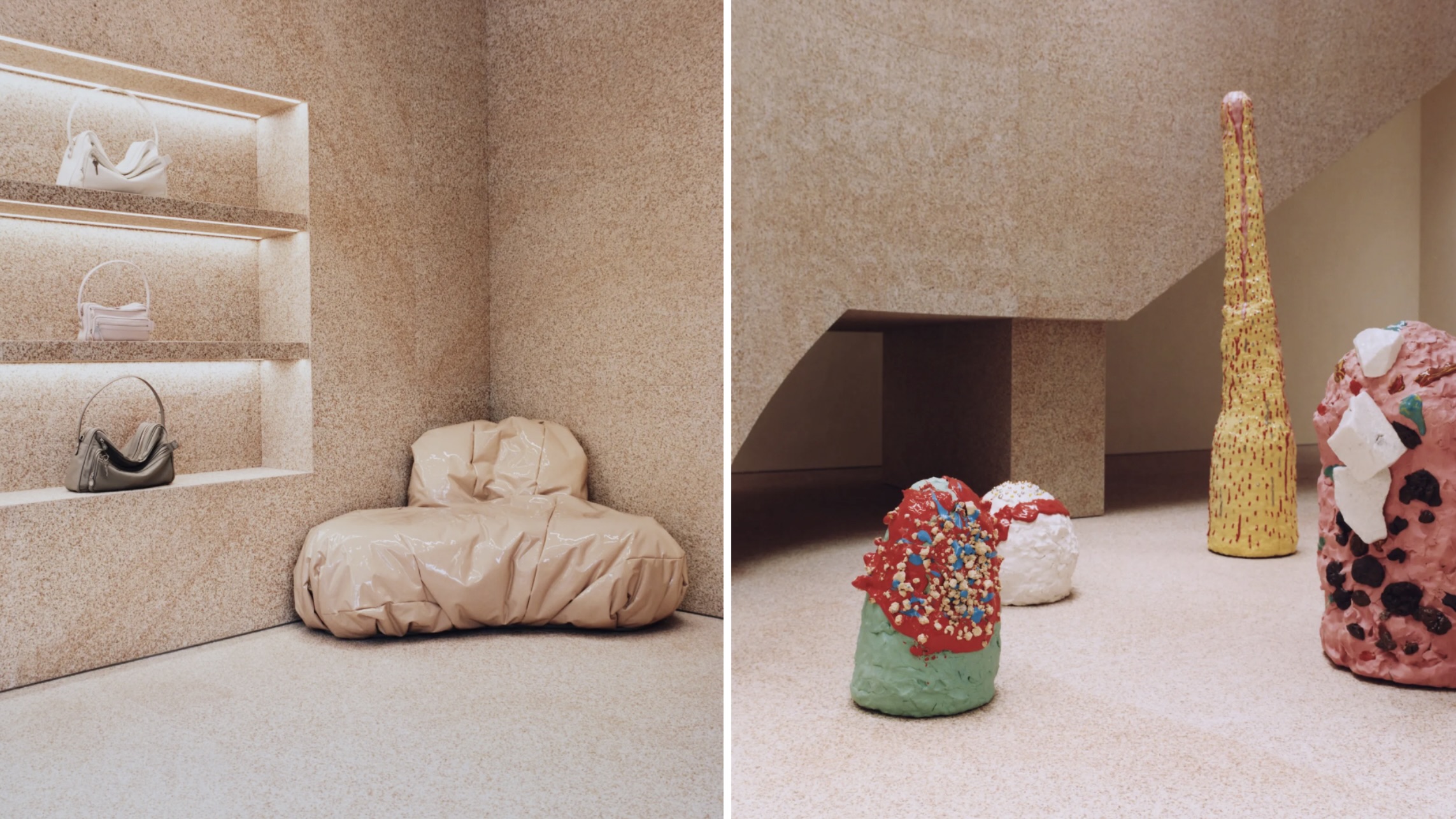 In 2025, fashion retail had a renaissance. Here’s our favourite store designs of the year
In 2025, fashion retail had a renaissance. Here’s our favourite store designs of the year2025 was the year that fashion stores ceased to be just about fashion. Through a series of meticulously designed – and innovative – boutiques, brands invited customers to immerse themselves in their aesthetic worlds. Here are some of the best
-
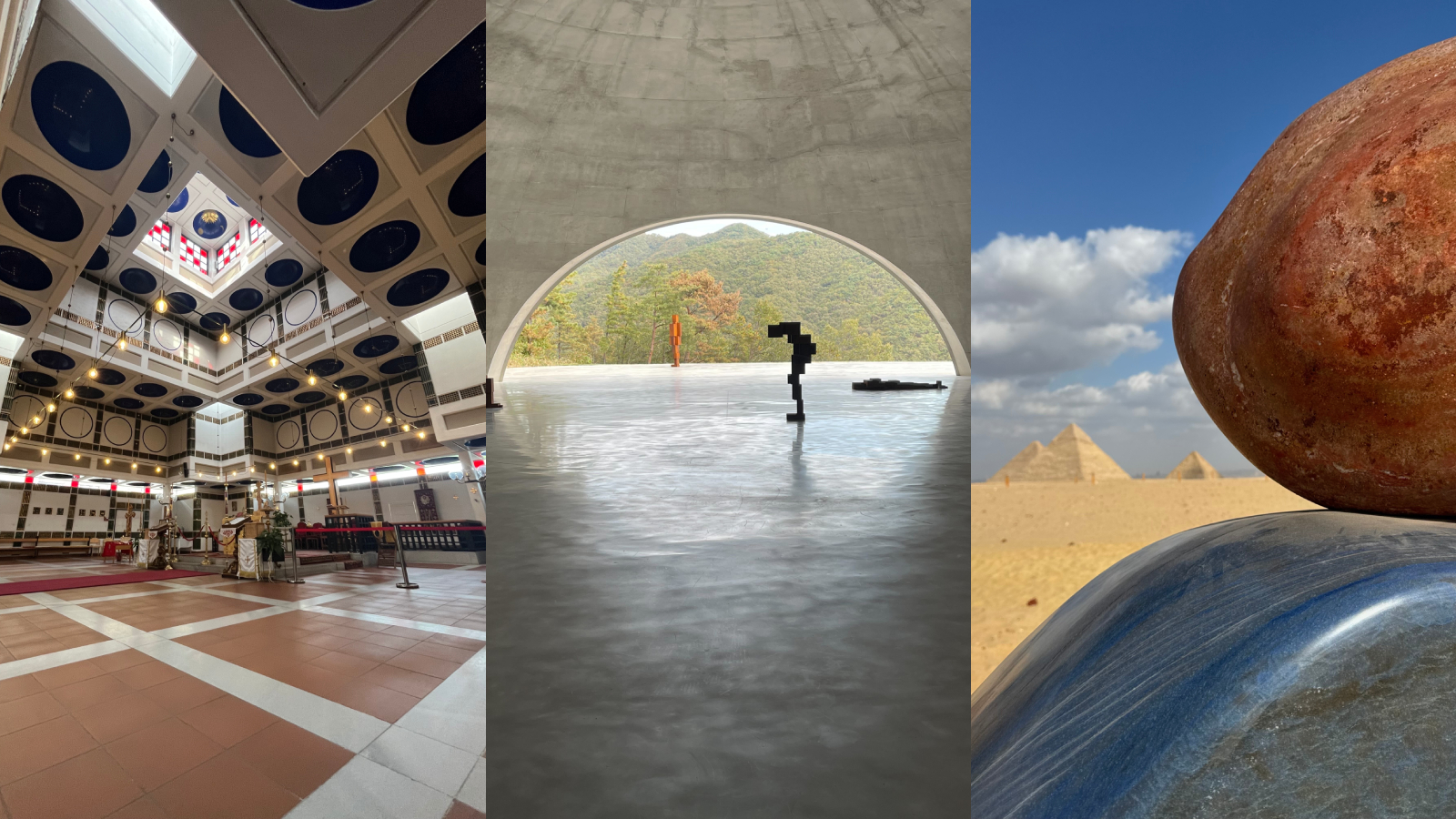 The Wallpaper* team’s travel highlights of the year
The Wallpaper* team’s travel highlights of the yearA year of travel distilled. Discover the destinations that inspired our editors on and off assignment
-
 The architecture of Mexico's RA! draws on cinematic qualities and emotion
The architecture of Mexico's RA! draws on cinematic qualities and emotionRA! was founded by Cristóbal Ramírez de Aguilar, Pedro Ramírez de Aguilar and Santiago Sierra, as a multifaceted architecture practice in Mexico City, mixing a cross-disciplinary approach and a constant exchange of ideas
-
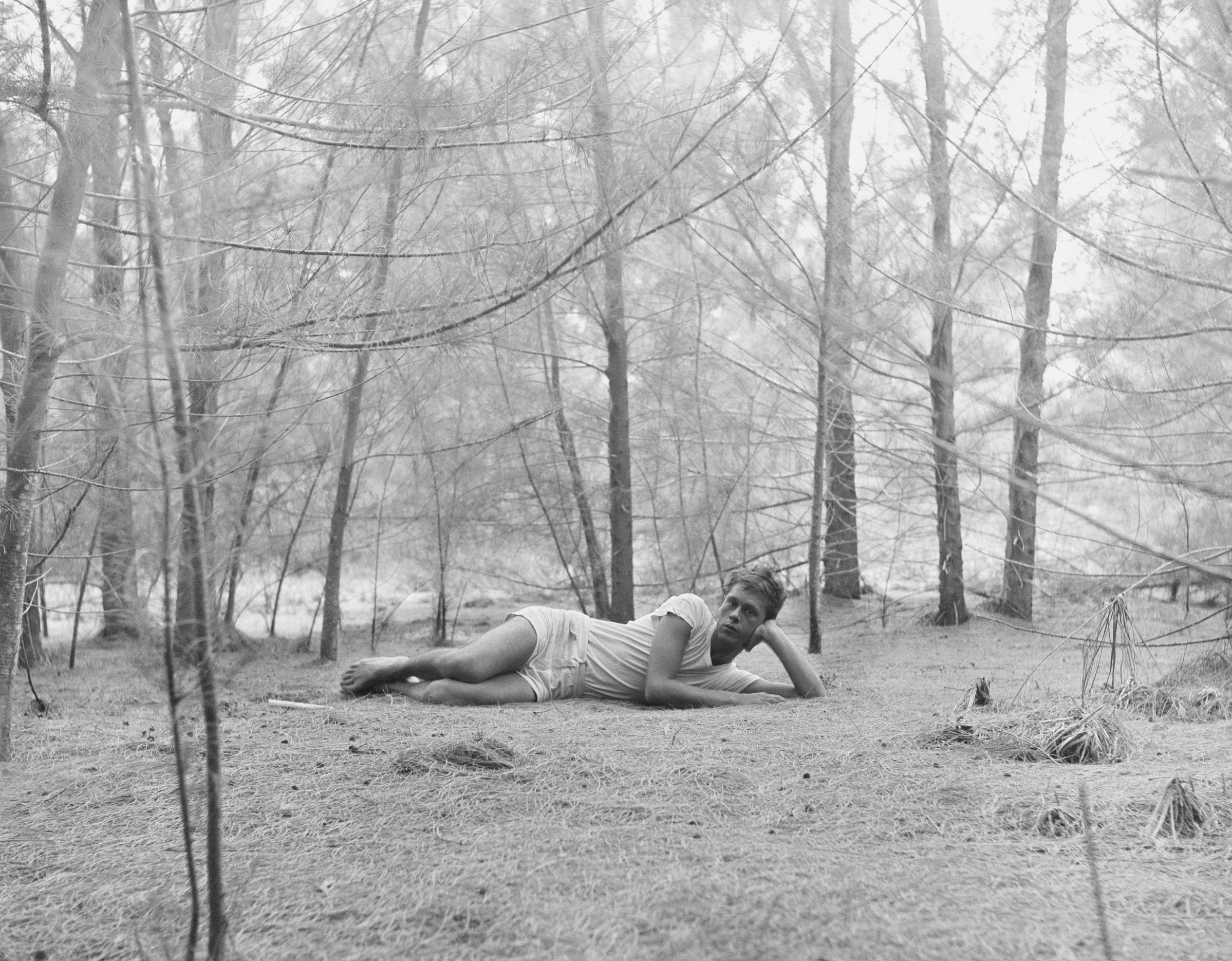 Inside the seductive and mischievous relationship between Paul Thek and Peter Hujar
Inside the seductive and mischievous relationship between Paul Thek and Peter HujarUntil now, little has been known about the deep friendship between artist Thek and photographer Hujar, something set to change with the release of their previously unpublished letters and photographs
-
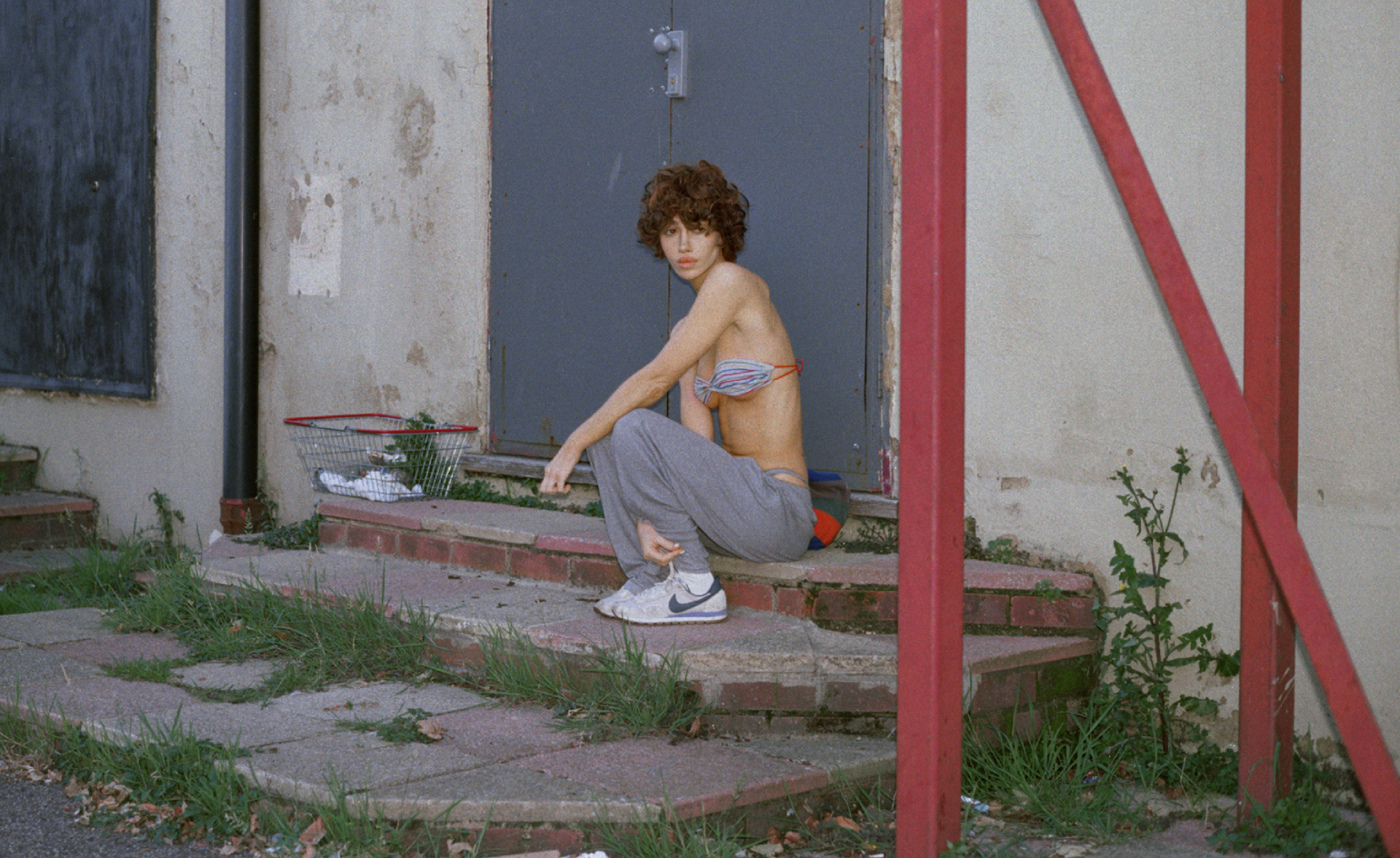 Nadia Lee Cohen distils a distant American memory into an unflinching new photo book
Nadia Lee Cohen distils a distant American memory into an unflinching new photo book‘Holy Ohio’ documents the British photographer and filmmaker’s personal journey as she reconnects with distant family and her earliest American memories
-
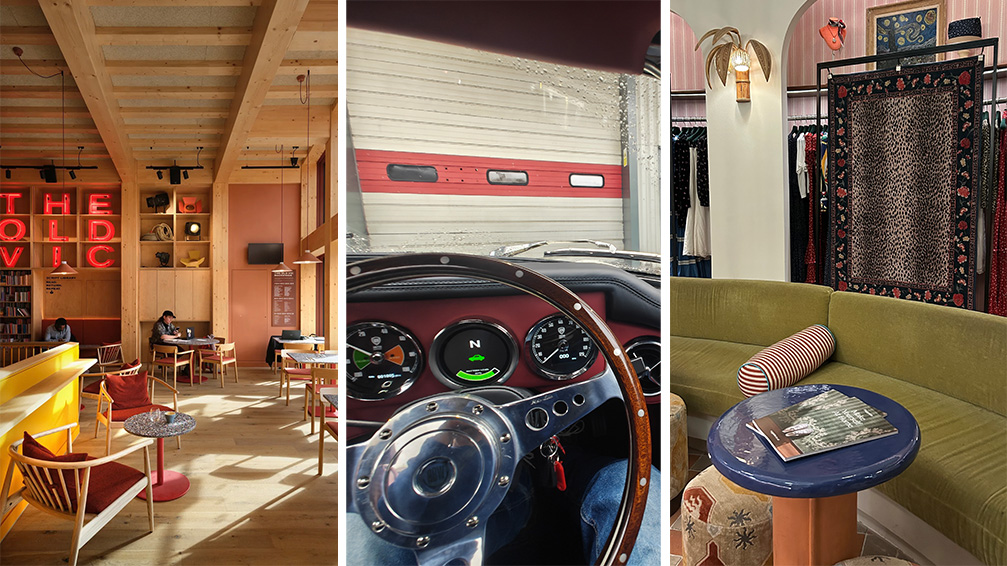 Out of office: The Wallpaper* editors’ picks of the week
Out of office: The Wallpaper* editors’ picks of the weekThe rain is falling, the nights are closing in, and it’s still a bit too early to get excited for Christmas, but this week, the Wallpaper* team brought warmth to the gloom with cosy interiors, good books, and a Hebridean dram
-
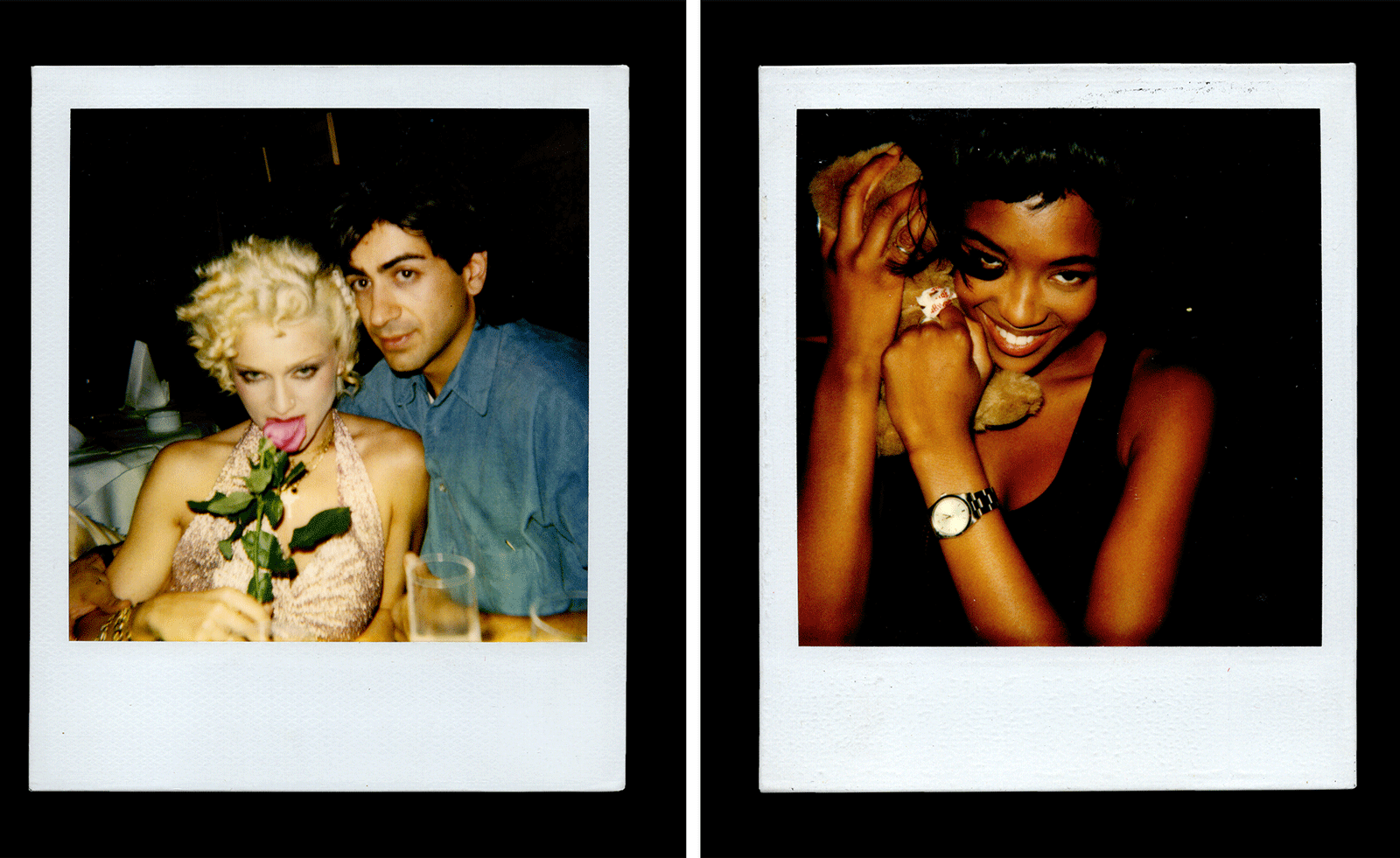 Inside Davé, Polaroids from a little-known Paris hotspot where the A-list played
Inside Davé, Polaroids from a little-known Paris hotspot where the A-list playedChinese restaurant Davé drew in A-list celebrities for three decades. What happened behind closed doors? A new book of Polaroids looks back
-
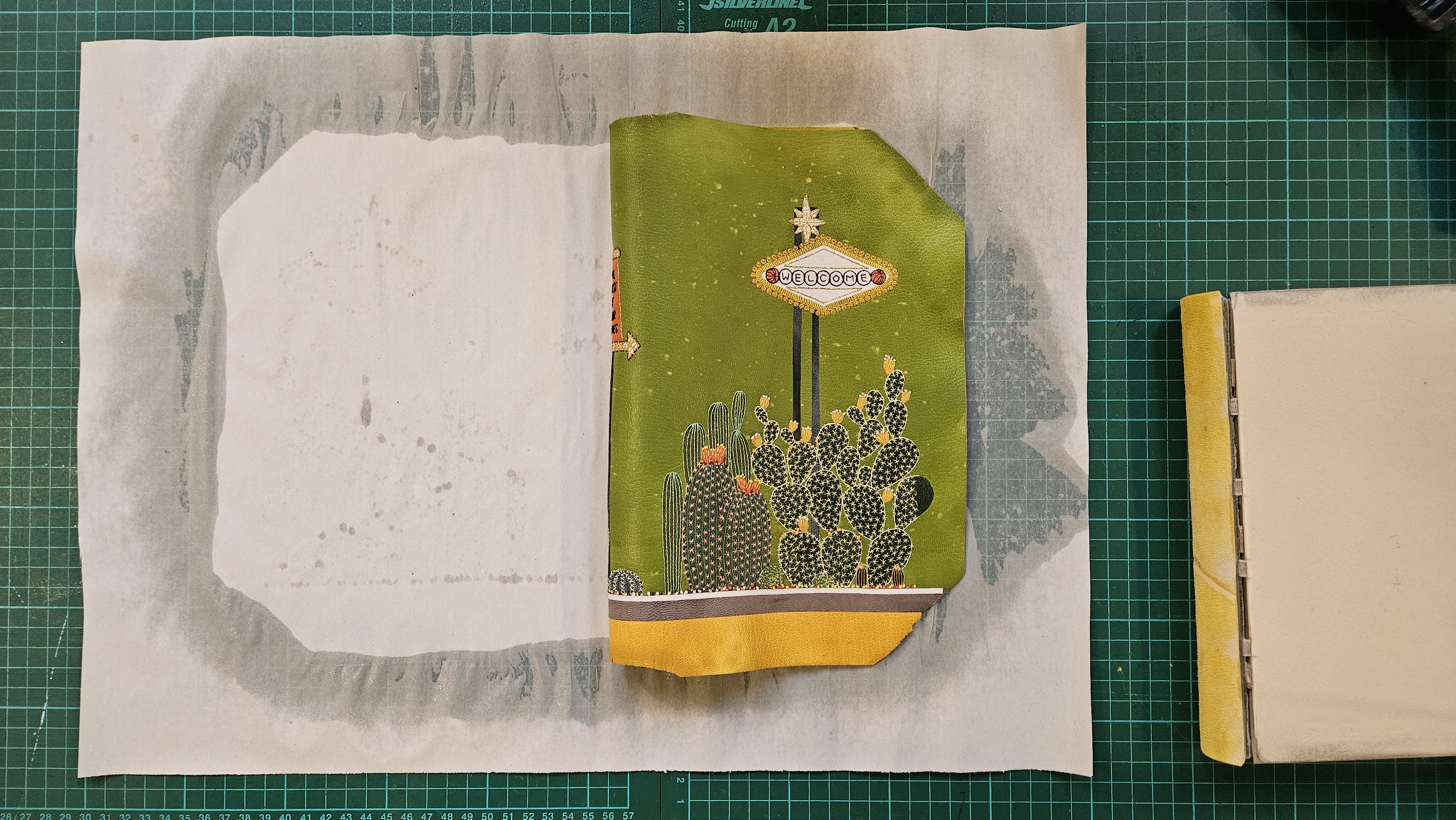 Inside the process of creating the one-of-a-kind book edition gifted to the Booker Prize shortlisted authors
Inside the process of creating the one-of-a-kind book edition gifted to the Booker Prize shortlisted authorsFor over 30 years each work on the Booker Prize shortlist are assigned an artisan bookbinder to produce a one-off edition for the author. We meet one of the artists behind this year’s creations
-
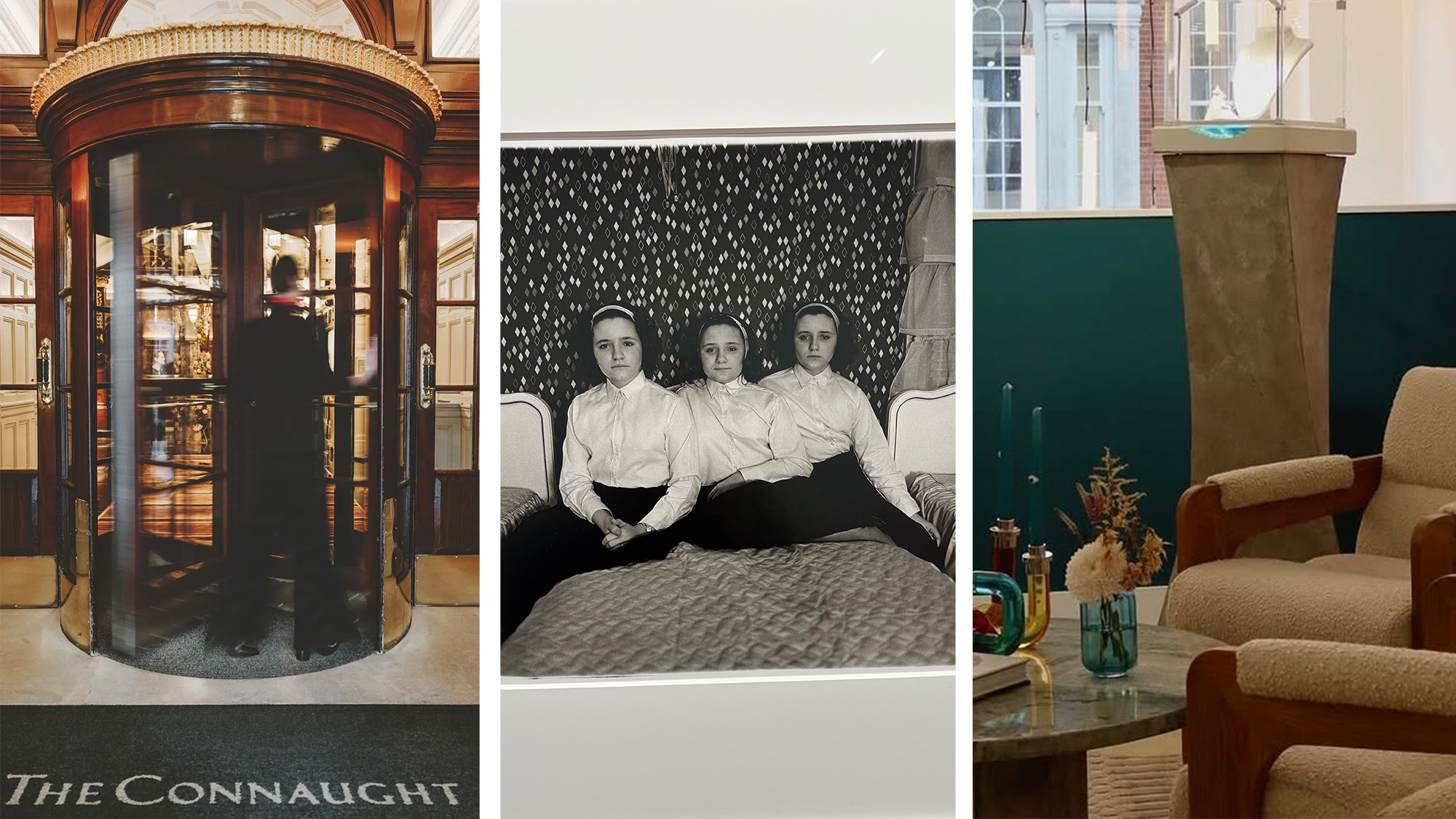 Out of office: The Wallpaper* editors’ picks of the week
Out of office: The Wallpaper* editors’ picks of the weekThis week, the Wallpaper* editors curated a diverse mix of experiences, from meeting diamond entrepreneurs and exploring perfume exhibitions to indulging in the the spectacle of a Middle Eastern Christmas
-
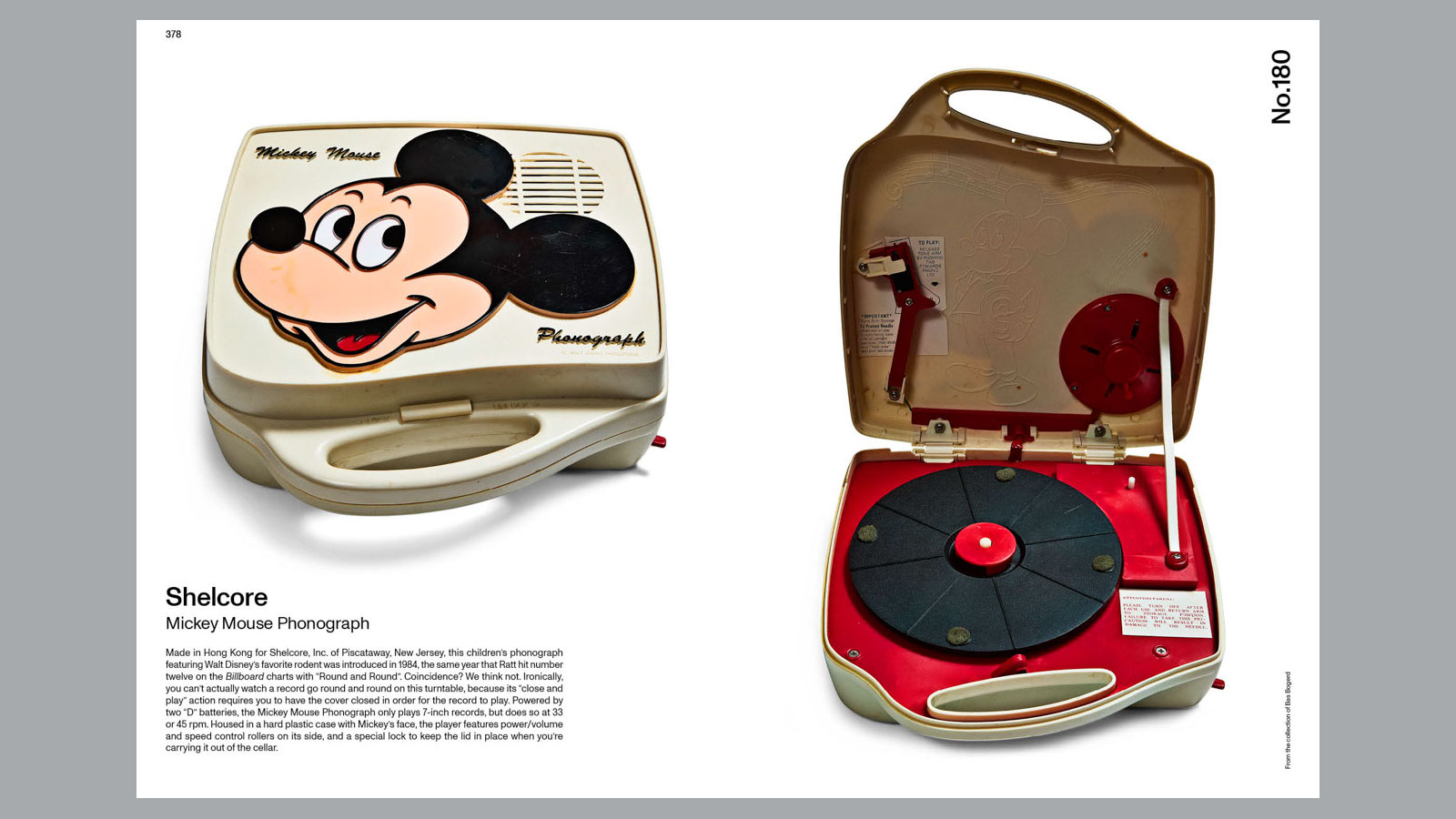 14 of the best new books for music buffs
14 of the best new books for music buffsFrom music-making tech to NME cover stars, portable turntables and the story behind industry legends – new books about the culture and craft of recorded sound
-
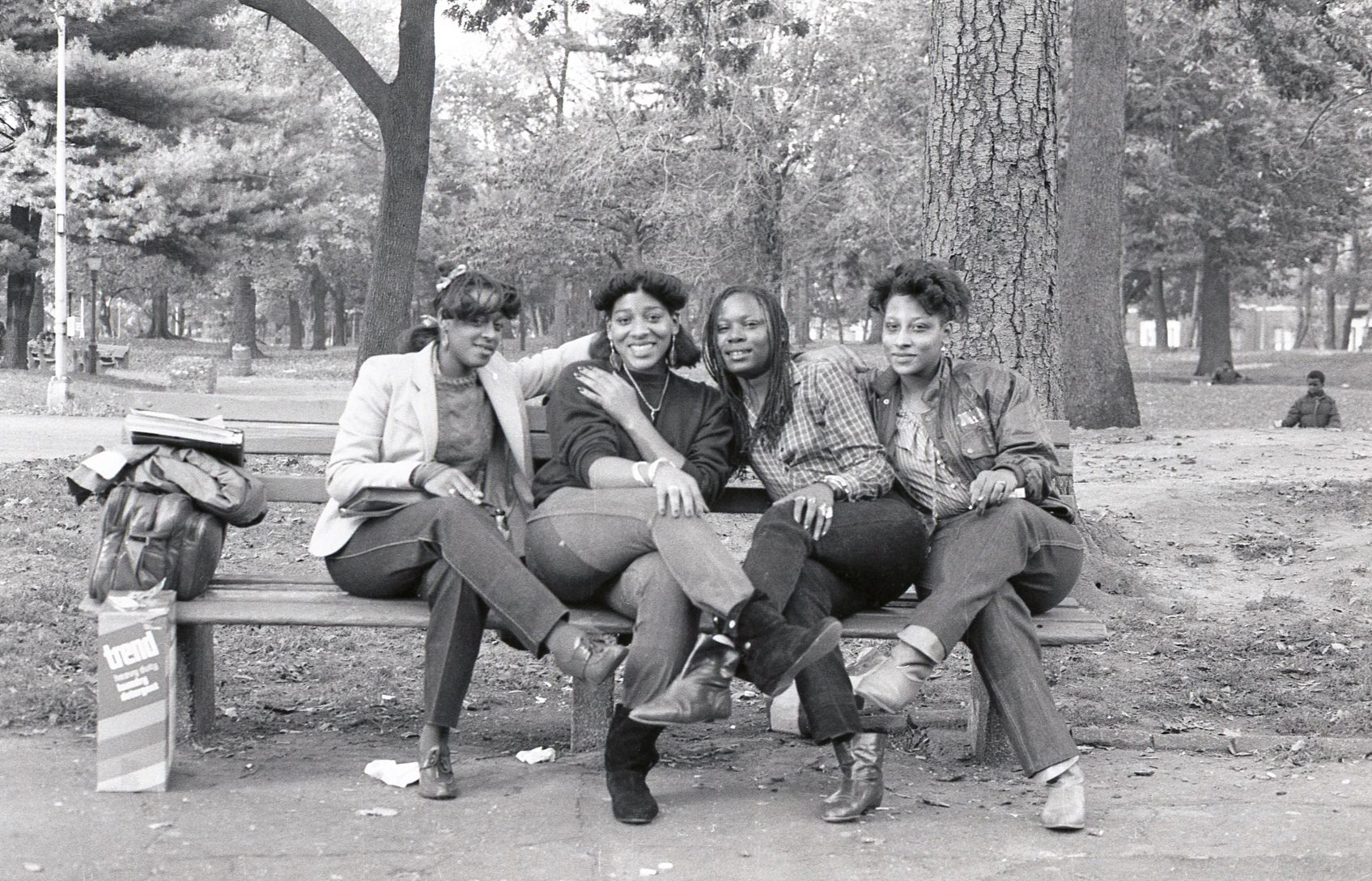 Jamel Shabazz’s photographs are a love letter to Prospect Park
Jamel Shabazz’s photographs are a love letter to Prospect ParkIn a new book, ‘Prospect Park: Photographs of a Brooklyn Oasis, 1980 to 2025’, Jamel Shabazz discovers a warmer side of human nature